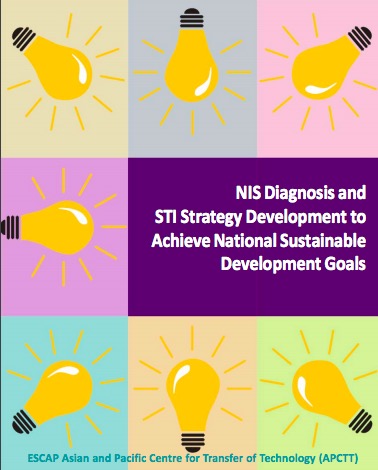NIS Diagnosis and STI Strategy Development to Achieve National Sustainable Development Goals

This manual describes the process of adopting a National Innovation System (NIS) framework, and evolves strategies to strengthen the process of creating and diffusing new technologies and innovation within a nation state’s economy. While innovation can be created without research, the increasing globalization has not reduced the importance of NIS framework in national economy. The framework maps out the institutions and incentive system that support technological change within a nation. Particular attention is paid to the interaction between the different actors or elements that constitute an NIS. The process of adoption of the NIS framework for identifying systemic failures that hamper the generation of innovation and its diffusion, and then correcting them so that innovative activity is promoted in a sustainable manner entails a series of five logical steps. The five steps are defining the core of the NIS, gathering data on innovative activity at the core, diagnosing health of the NIS by employing a variety of tried and tested innovation indicators, designing policy instruments to promote generation and diffusion of innovation, and finally evaluating the effectiveness of these policy instruments and making required corrections for optimizing their effectiveness. The manual would be very useful for policy makers working within the government ministries and institutions that support technological change, as well as to researchers in and students of the economics and policy regimes of technological change.
